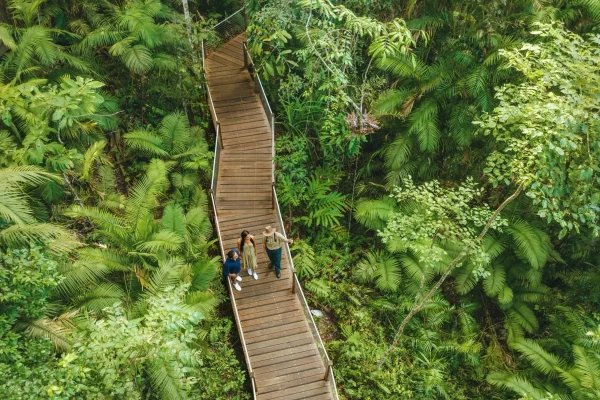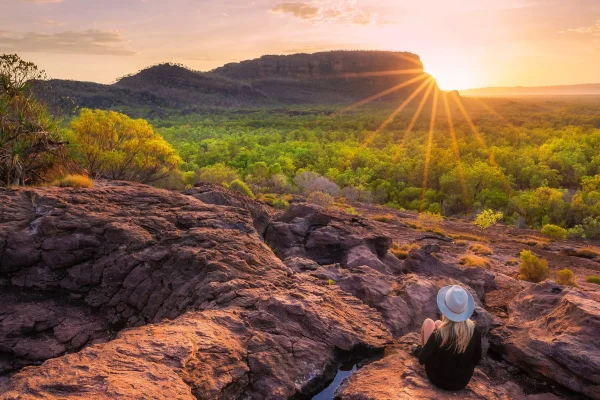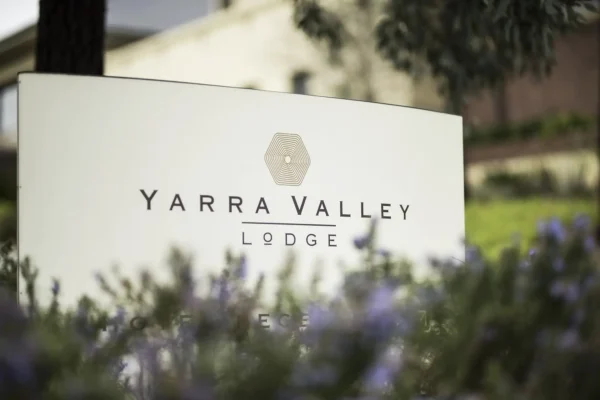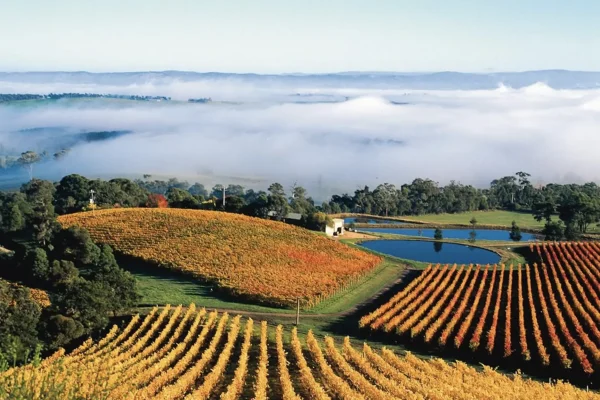The Great Ocean Road is more than just a pretty drive along the south coast of Australia; it’s the entrance to some of the most incredible natural wonders of the world. Famous for its rugged coastline, stunning ocean views and amazing beaches, this iconic route allows you to get away from the hustle of city life and into the beauty of the night sky. By day, the region will blow you away with its dramatic landscapes, limestone rock formations and ancient rainforests. By night, it becomes a celestial wonderland with some of the clearest views of the Milky Way. Whether you’re chasing beauty or looking to get the perfect night sky photo, the Great Ocean Road is the ultimate destination for stargazers and adventure seekers.
Night Skies
Australia has some of the clearest night skies in the world, and the southern hemisphere is the best place to observe the celestial. With remote locations and minimal air pollution, the conditions are perfect for stargazing. Along the Great Ocean Road, places like Port Campbell National Park and Grampians National Park are renowned for their dark night skies. Far from the city lights, these areas are stargazing heaven with sensational conditions to view star clusters, deep space objects and even the elusive Aurora Australis. The combination of rugged coastline and clear skies is unbeatable.
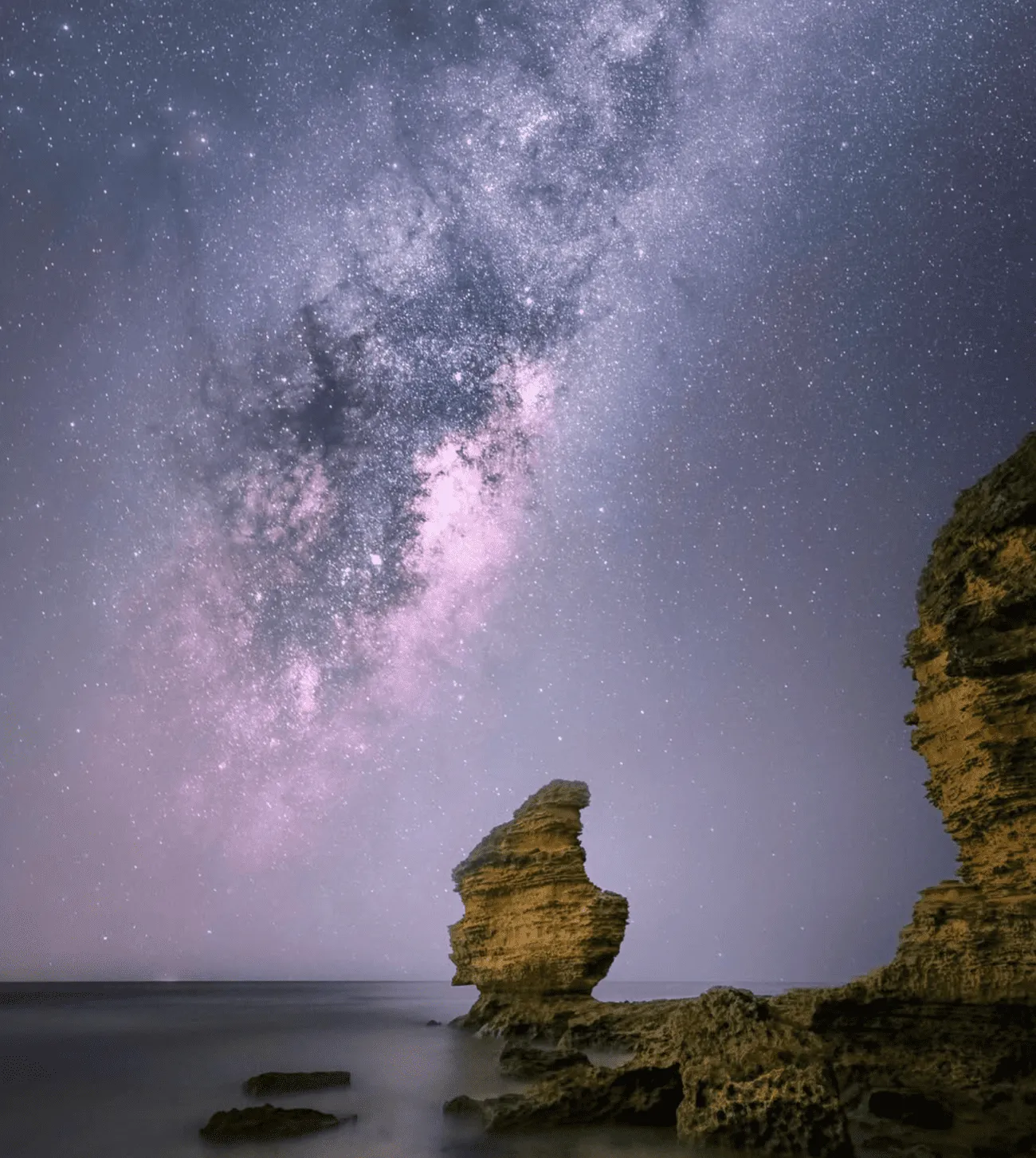
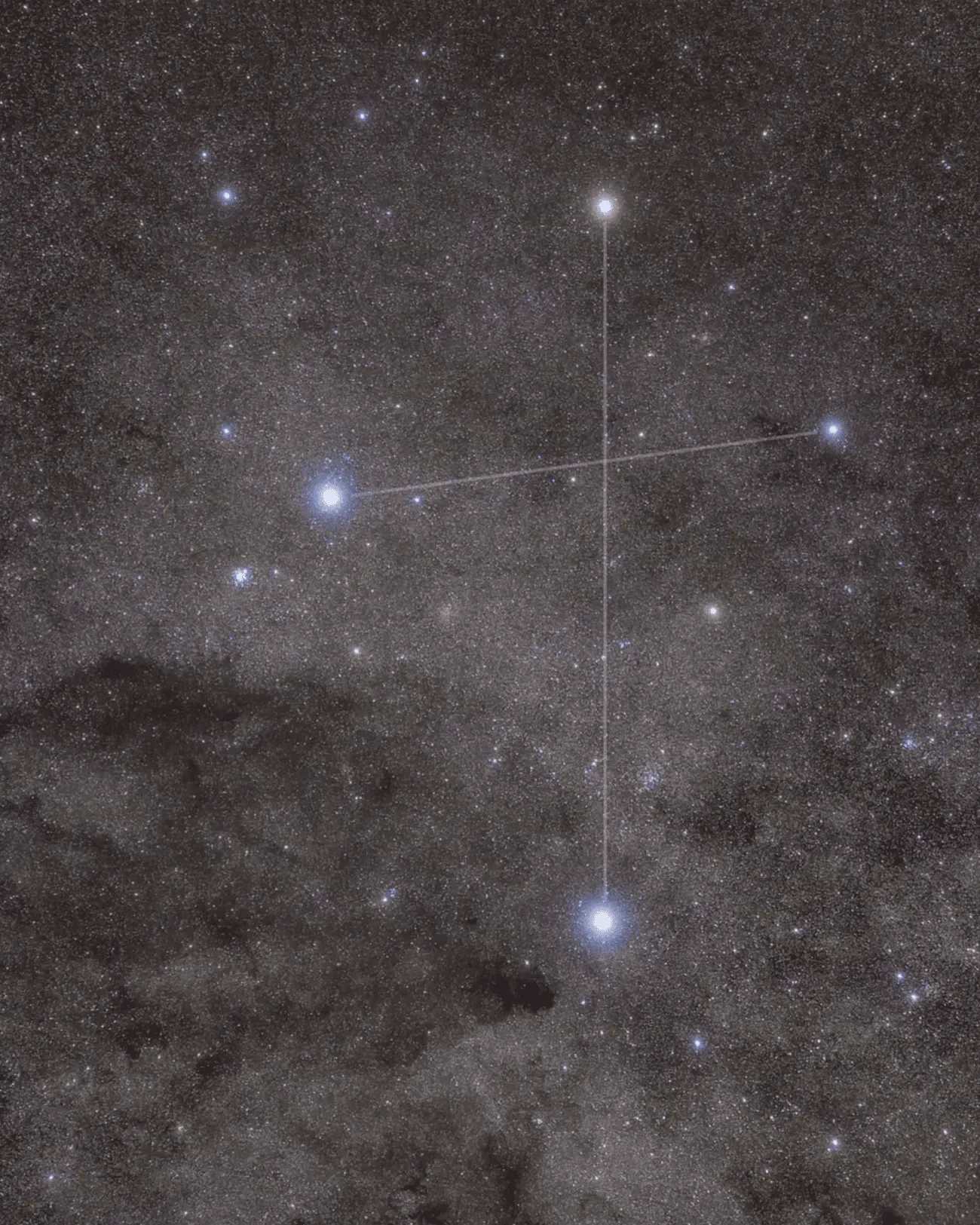
Stargazing Facts
Stargazing in the southern hemisphere reveals a whole new world of celestial wonders. The Milky Way is more prominent here, with its dense bands of stars and intricate dark patches visible to the naked eye. The galaxy’s core is a bright and dynamic region and a great target for astrophotography. Fun fact: the Southern Cross constellation, the symbol of the southern skies, is one of the easiest to see and is a reliable navigation guide. Stargazing tours in the area will provide expert guidance so you can make the most of your adventure. If you want to capture night shots, adjust your camera’s shutter speed and exposure, and you’ll get some amazing astro photos of the galaxy.
Seeing the Milky Way
The Milky Way is a stunning sight that fills the night sky along the Great Ocean Road. Visible as a bright, glowing band across the sky, it feels connected to the universe. The dark sky parks in this region are the perfect place to observe this natural wonder. Whether you’re an experienced astronomer or a novice looking for a unique experience, seeing the Milky Way is both humbling and awesome. For photographers, the contrast between the Milky Way and the rugged coastline is a photographer’s dream. Add some planning, and you can get some of the best night sky photos of your trip.
Best Time to See the Way
Timing is crucial for stargazing. While the Milky Way can be seen year-round, its core—the brightest and most intricate part—is visible only from April to September. During these months, the sky is at its darkest, especially around the new moon, with minimal light pollution. Even on nights with a partial moon, the galaxy remains visible, but the darker the sky, the more stunning the view. Public stargazing nights at local observatories and the best Great Ocean Road tour options typically occur during these ideal conditions, ensuring ample viewing time and expert guidance. And if you’re fortunate, you may even catch a glimpse of the Aurora Australis, making your stargazing experience even more unforgettable.
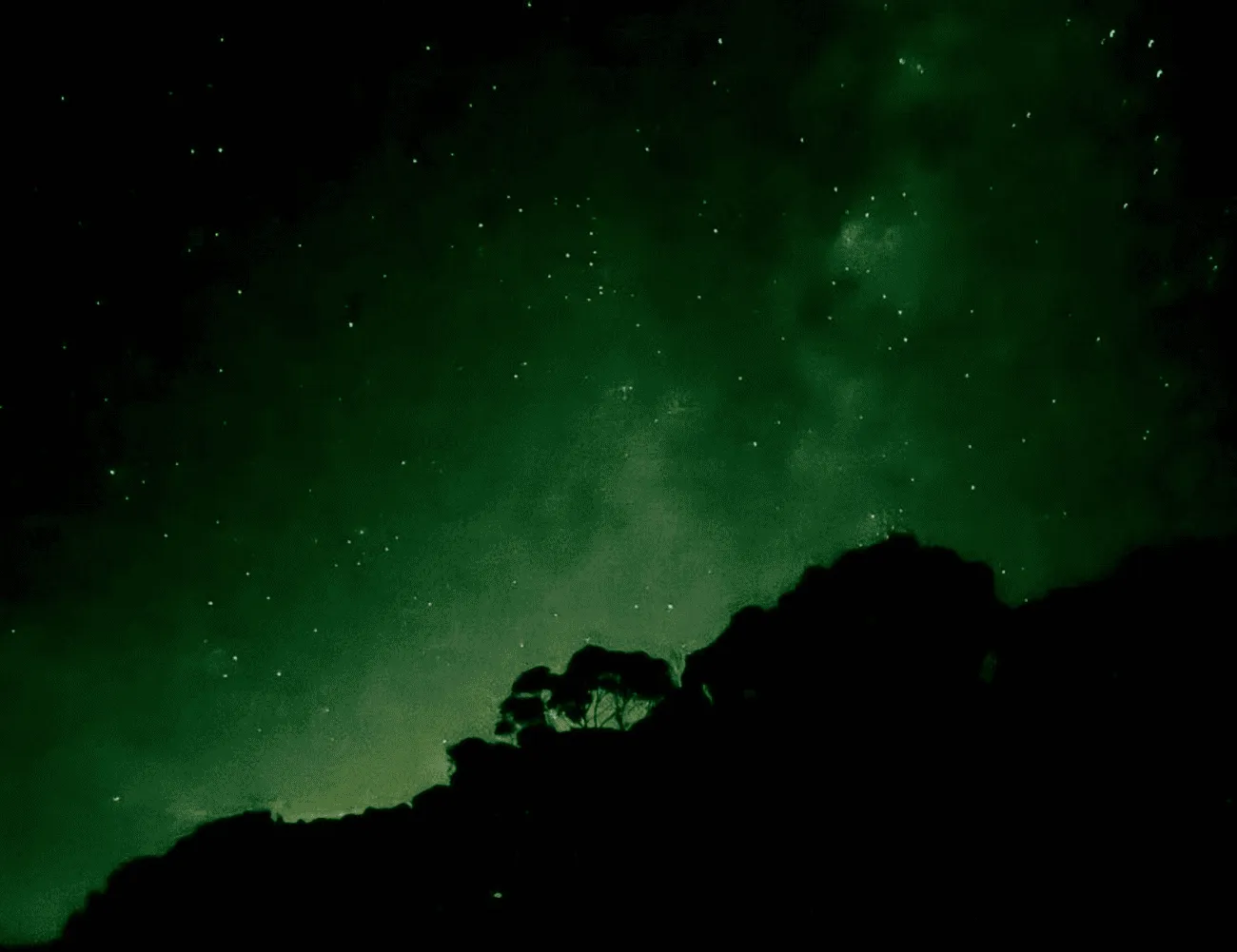
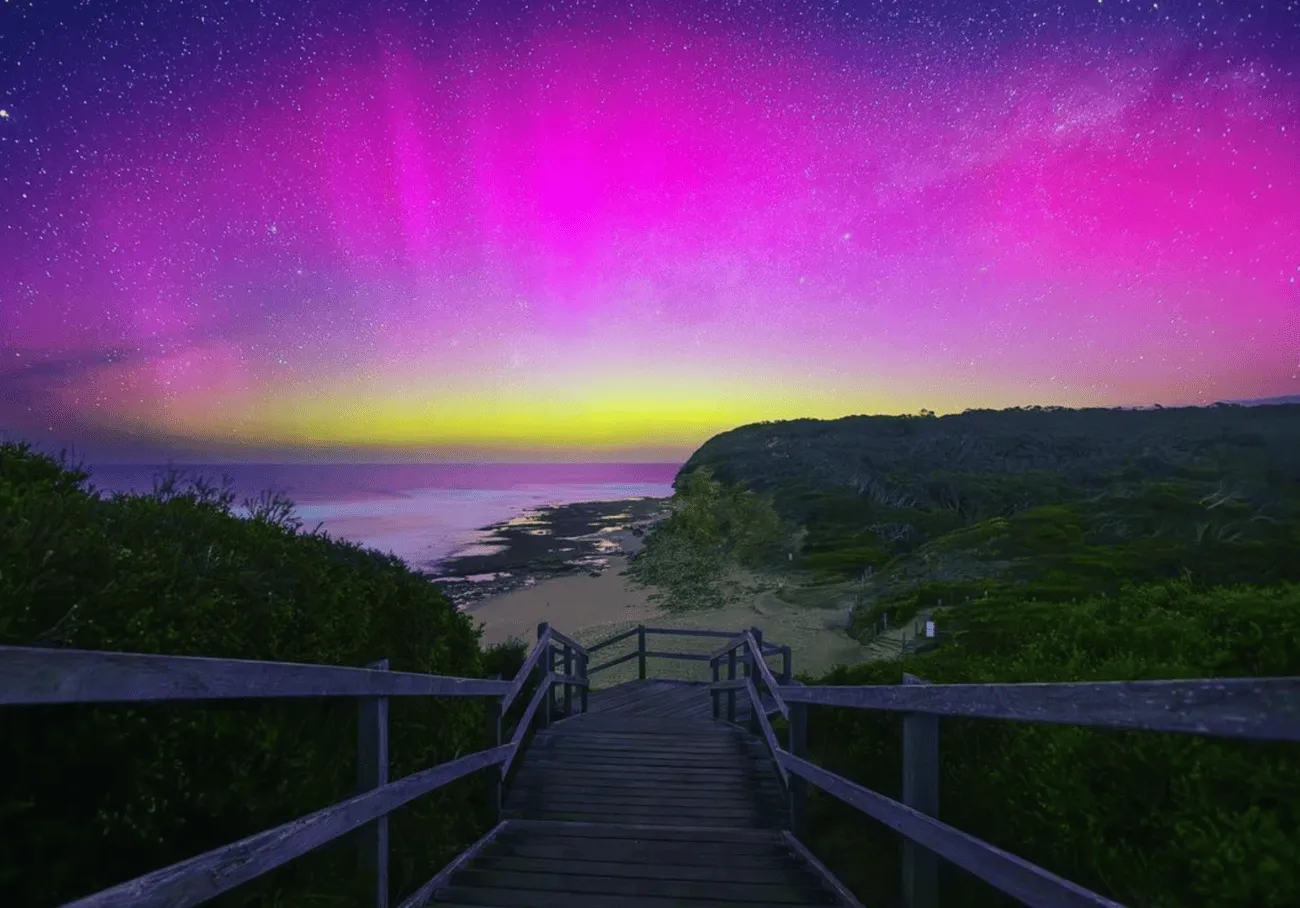
Top Places to See
Twelve Apostles
One of Australia’s most famous natural wonders, the Twelve Apostles, is a must-see by day and night. These towering limestone stacks rise up dramatically from the ocean and make a stunning silhouette against the stars. As the sun sets, the area becomes a dark sky park and one of the best stargazing spots along the Great Ocean Road. Visitors can have a quiet and awe-inspiring experience as the Milky Way arcs over the rugged coastline. For photographers, this is the ultimate spot to capture night sky shots with the stacks in the foreground.
Aireys Inlet Lighthouse
Locally known as the Split Point Lighthouse, Aireys Inlet is a stargazer’s secret. Perched on a rugged cliff top, this historic lighthouse has stunning views of the night sky. With minimal light pollution in the area, the location has dark patches that are perfect for viewing celestial objects. The lighthouse’s warm glow and the Milky Way’s brilliance make for a magical atmosphere. It’s also a great spot for astronomy nights, where you can join guided stargazing tours and learn more about the stars and constellations visible from this remote location.
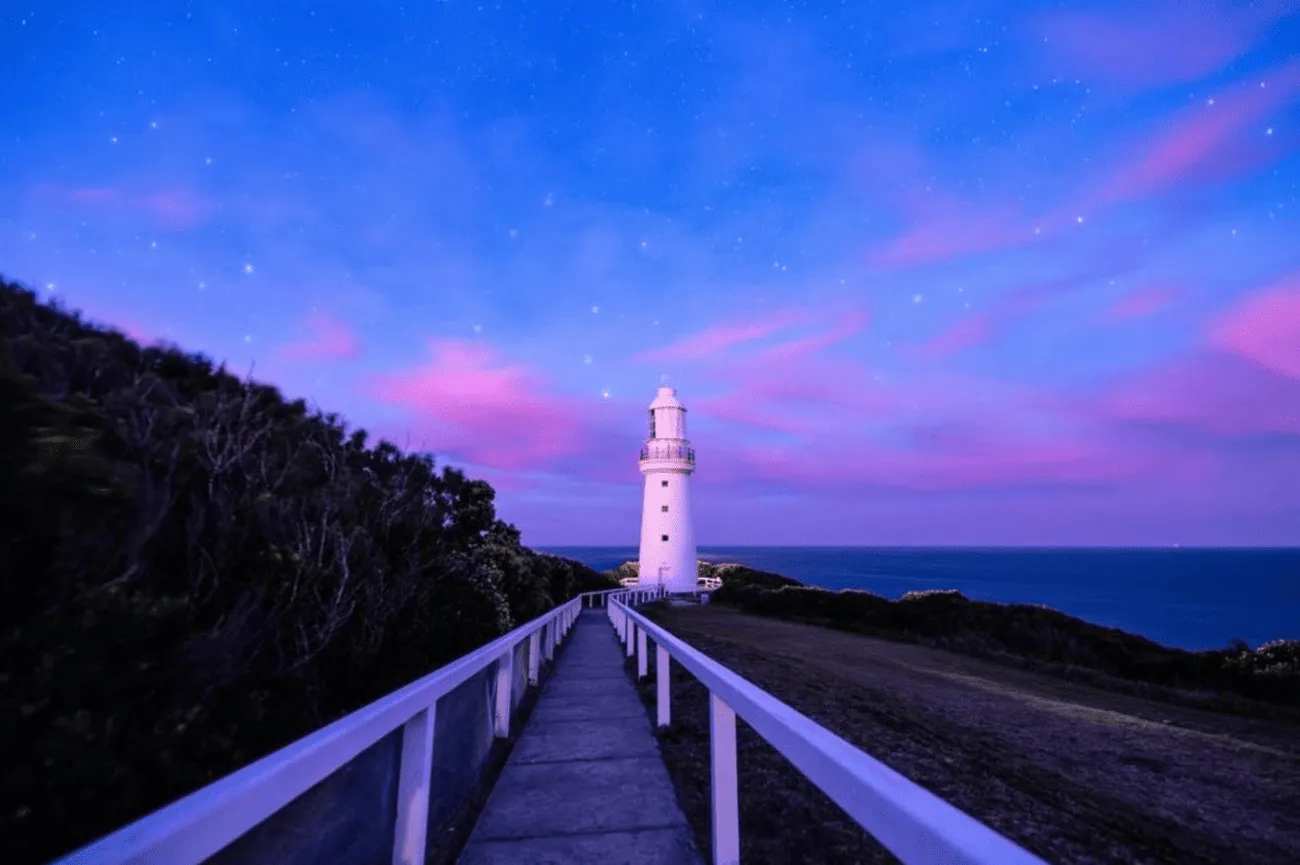
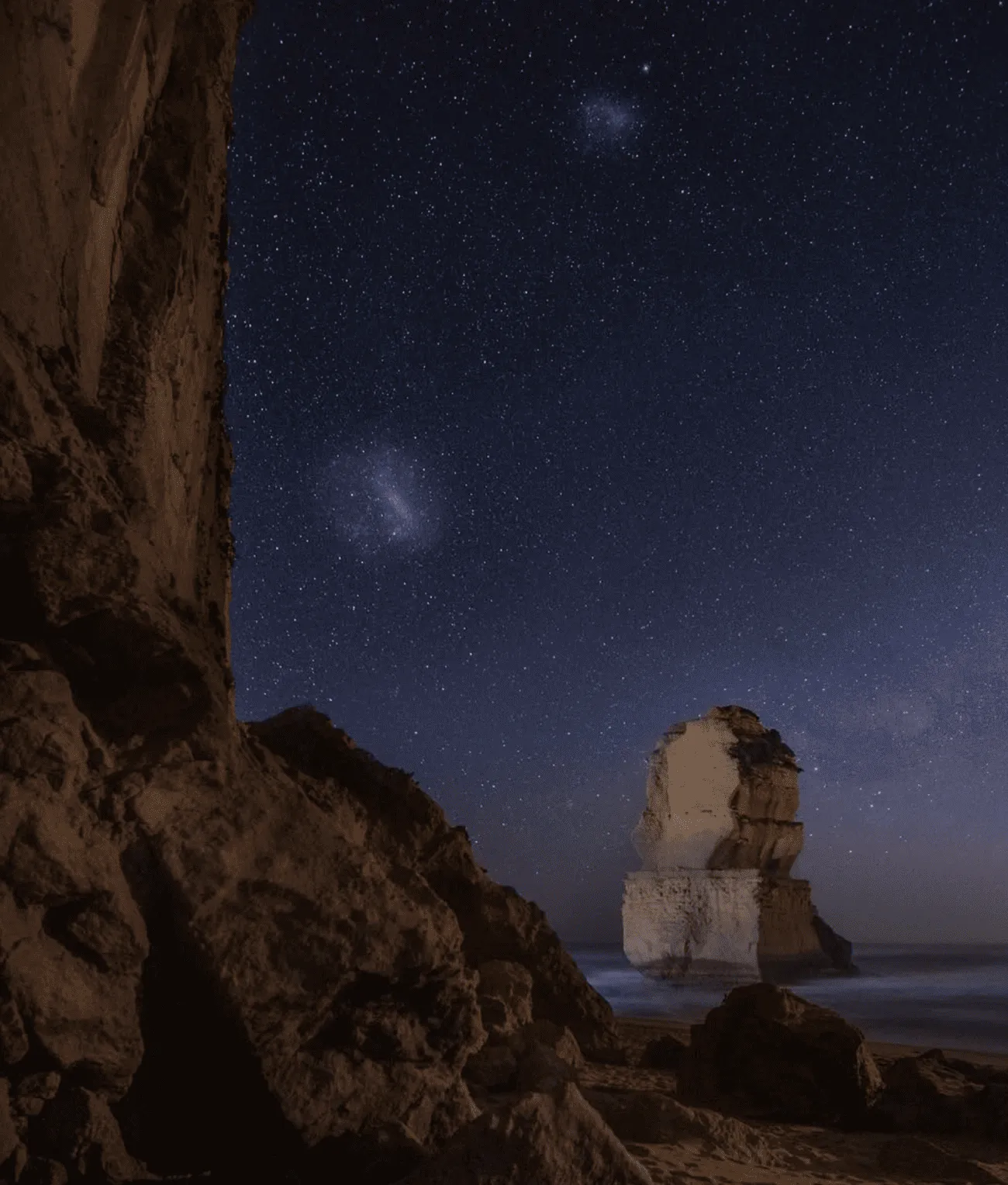
Gibson Steps
Gibson Steps is famous for its 15m high rock formations and beach access. During the day, people flock here to see the cliffs and the lights dancing in the water. At night, however, the site becomes a peaceful retreat for stargazers. The beach has an unobstructed view of the horizon, making it a great spot to see shooting stars and capture night sky shots. Bring a blanket and a hot drink, and settle in for a stunning view of the galaxy stretching across the sky.
Loch Ard Gorge
A favourite for history buffs and nature lovers, Loch Ard Gorge is full of shipwreck and survival stories. At night, it’s one of the most peaceful stargazing spots along the Great Ocean Road. The secluded beach is the perfect spot to lay back and take in the vastness of the night sky. With minimal light pollution, this is a great spot to see star clusters, constellations and the Milky Way’s details. The cliffs frame the experience beautifully, making it a natural amphitheatre for the stars.
How to Stargaze
Stargazing is easy and amazing. Pick a clear night with minimal light pollution. Dress warm as it gets cold after sunset, and bring a hot drink to keep you warm. If you’re new to stargazing, apps can help you identify constellations, planets and other celestial bodies. If you’re into astrophotography, a tripod and a camera with adjustable shutter speed are a must for capturing the galaxy. Give your eyes 20 minutes to adjust to the dark so you can see the night sky in all its glory.
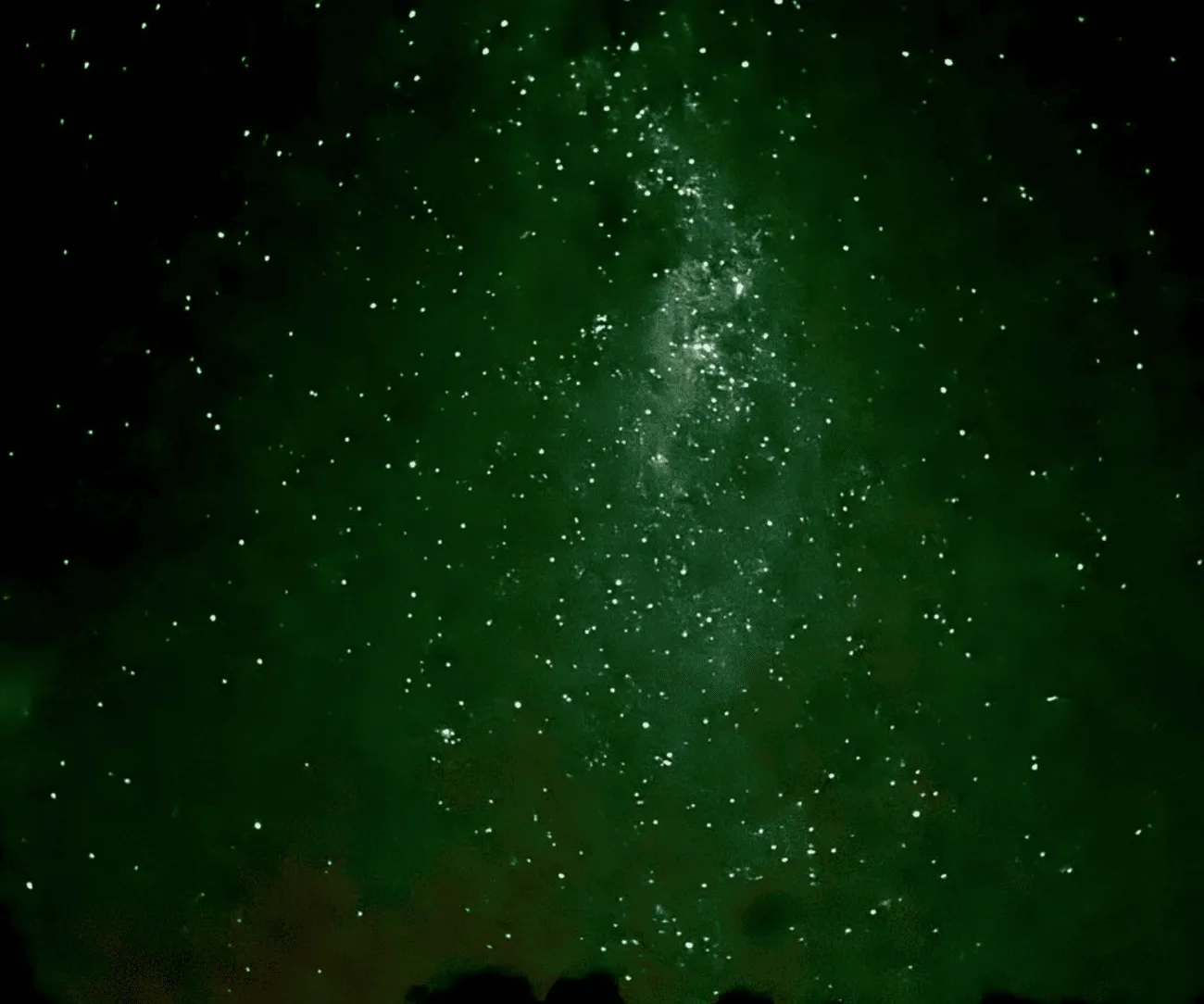
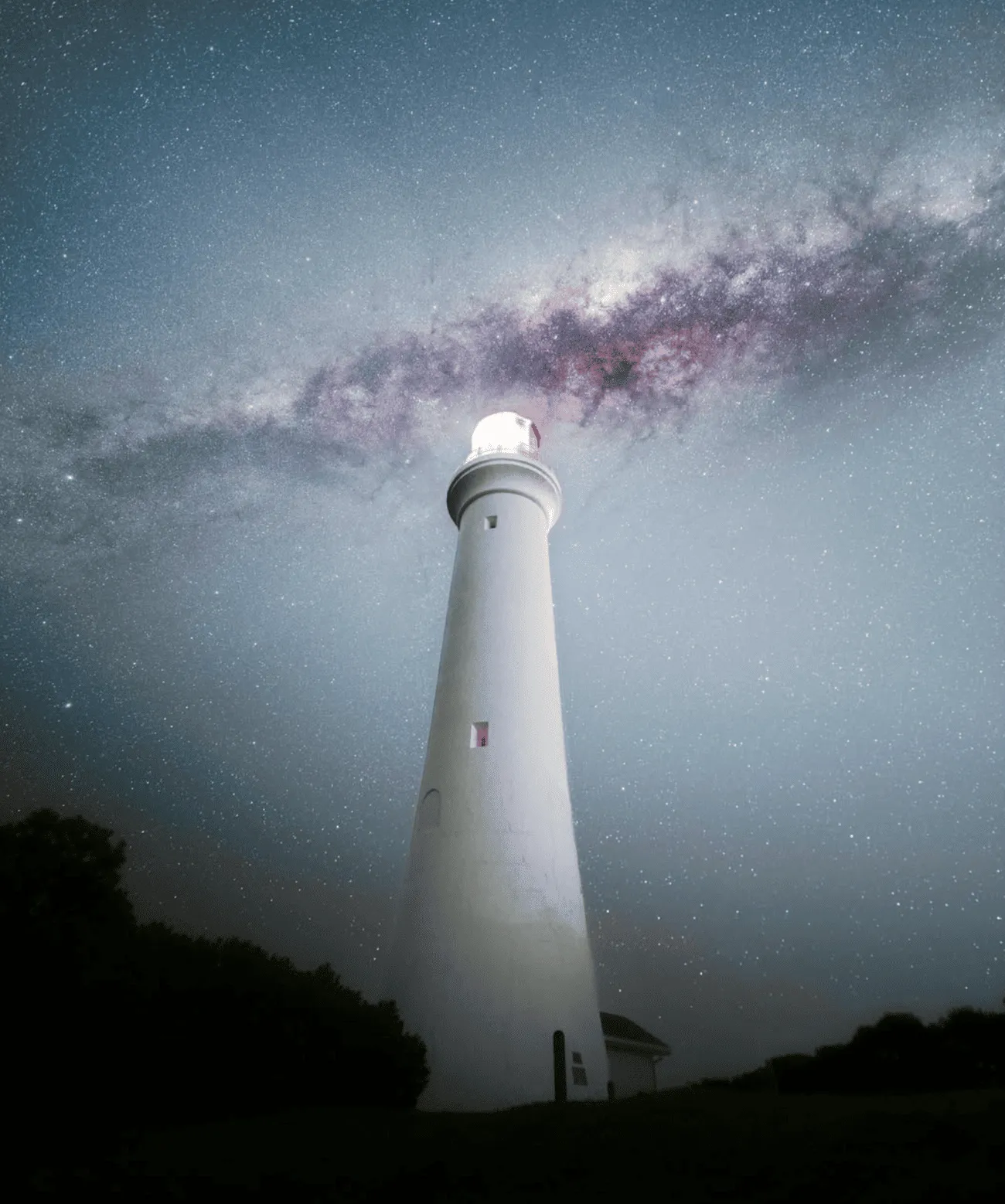
Where to Stay
The Great Ocean Road has plenty of options for stargazers. Bimbi Park is called “camping under the stars” and is surrounded by ancient rainforests and dark skies. Apollo Bay is another good option with beach retreats and close to top stargazing spots like Cape Otway Lighthouse. If you want luxury lodges and holiday parks near Port Campbell National Park have ocean views by day and clear dark skies by night. Wherever you stay the combination of natural beauty and celestial wonder is an adventure you’ll never forget.
FAQ
When can I see the Milky Way on the Great Ocean Road?
April to September, especially during a new moon.
Where are the best places to stargaze on the Great Ocean Road?
Twelve Apostles, Aireys Inlet Lighthouse, Gibson Steps, Loch Ard Gorge.
Can I see the Aurora Australis on the Great Ocean Road?
Yes, sometimes.
Do I need special gear?
While the sky is amazing to the naked eye, binoculars, telescopes and cameras with long exposure can help.
Are there stargazing tours?
Yes, several operators offer stargazing tours, public viewing nights with guides and equipment.




